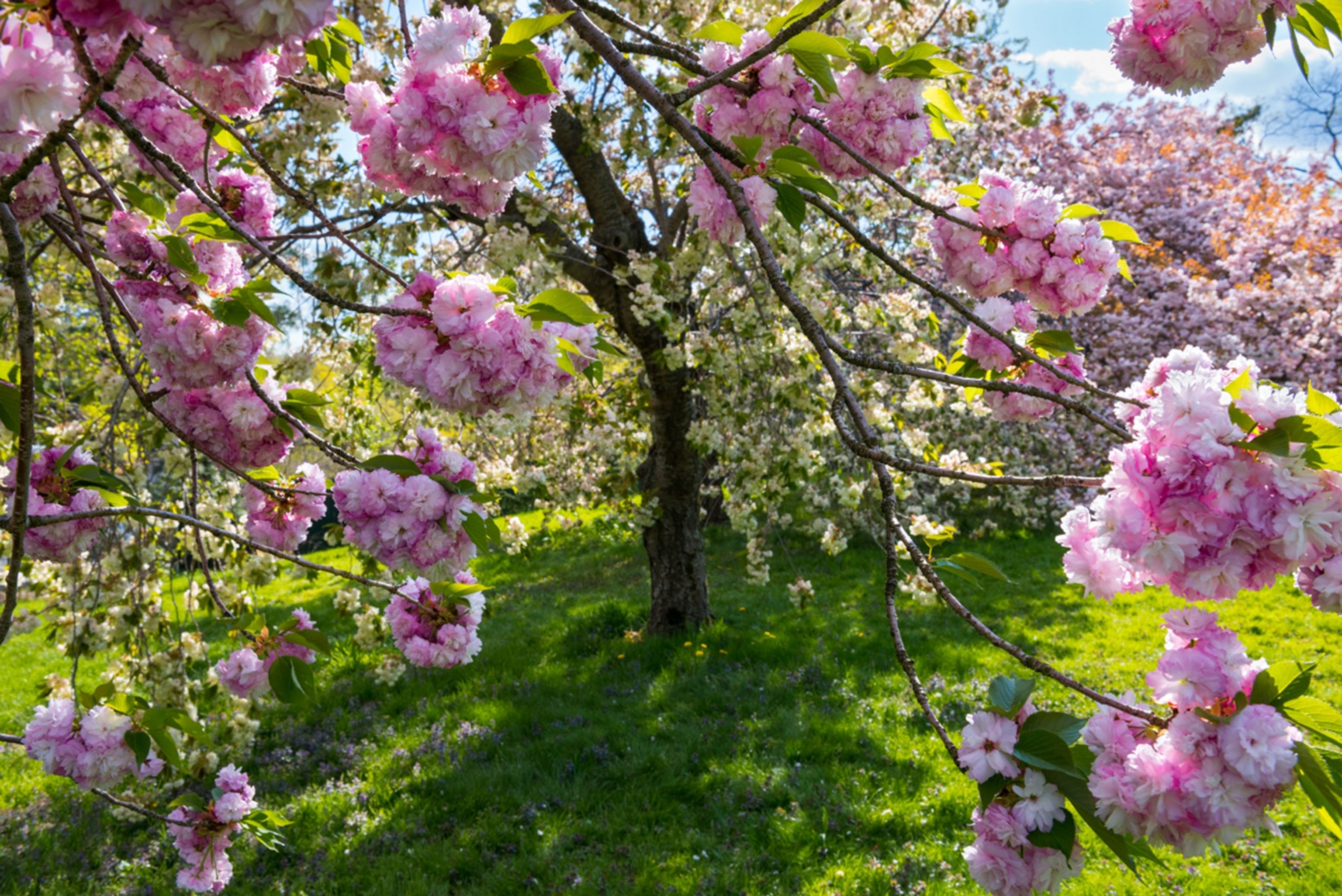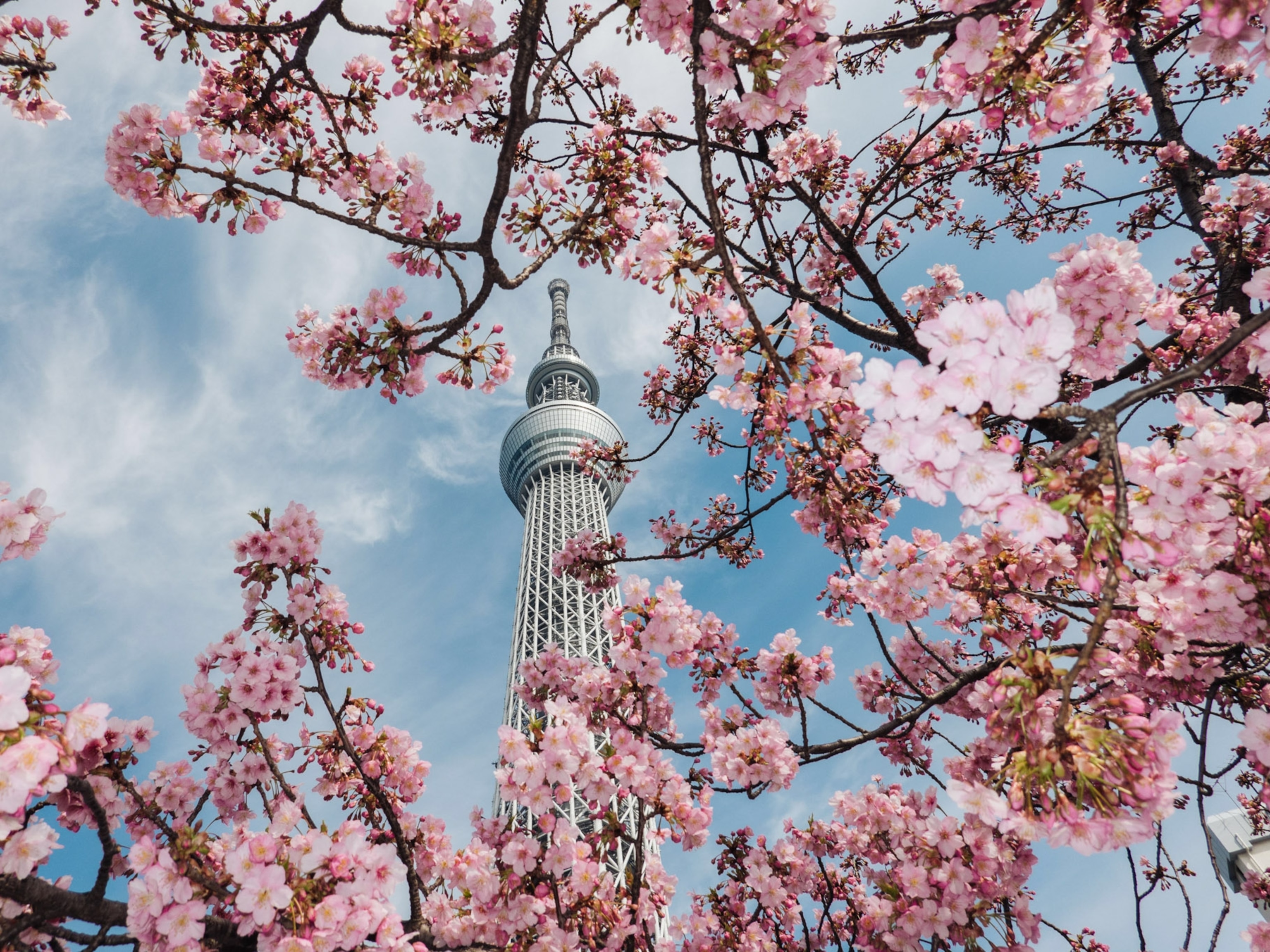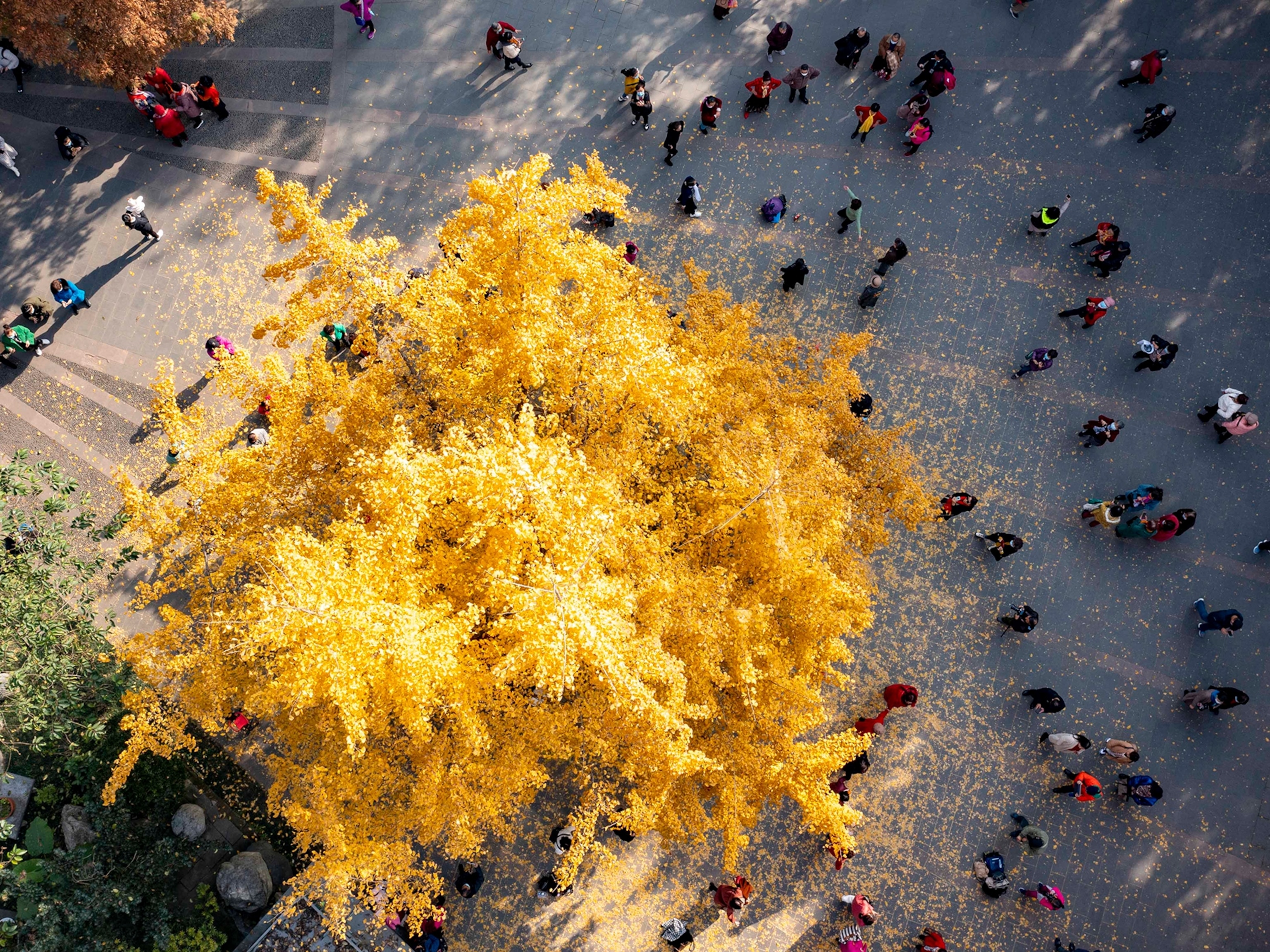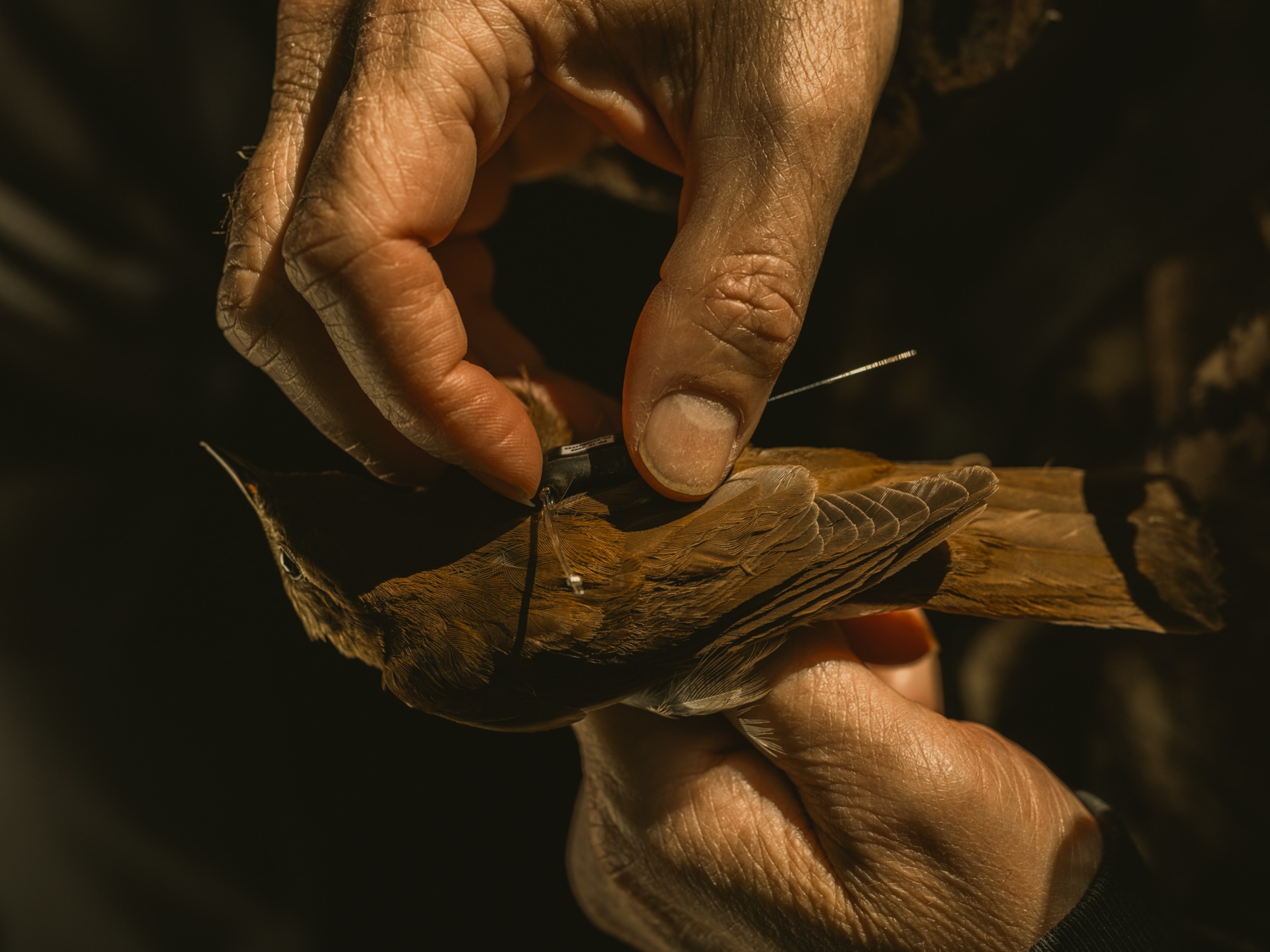Did you know cherry trees can ‘breathe’? Here's how.
The trees exchange carbon dioxide and oxygen with the atmosphere through little “mouths” in their leaves and tiny “windows” in their bark.

What’s the first thing you do when you get into your car after it’s been sitting in the hot sun all day? Open the windows! Well, trees also need windows in their trunks and branches to let air circulate.
If you’re thinking “Wait! I learned in botany class that the exchange of gases occurs in the leaves of trees, not the bark,” you are correct. Leaves have tiny holes in their surfaces—called stomata, or “little mouths”—that open and close to let tree leaves draw in carbon dioxide and release oxygen for photosynthesis.
(The Earth has lungs. Watch them breathe.)
But trees also respire, just as we do, pulling in oxygen and releasing carbon dioxide. And respiration occurs in the cells of all living tree tissues, not just the leaves.
So how can this exchange take place in the parts of trees that aren’t leaves, like trunks and branches, tissues that don’t have stomata? It’s a puzzle, because tree bark is the first line of protection for a tree. It acts as an impermeable layer that prevents insects and diseases from getting to a tree’s interior structures.
(How cherry blossoms came to America.)
Think of the trunk of a cherry tree, with its narrow lines etched into the bark. Those lines—called lenticels, or “little windows”— are actually portals in the bark that let the tree breathe. These lens-shaped slits in the bark allow gases to pass between living cells on the inside and the air outside.
Botanists also use the shape of lenticels to identify trees. Some trees, like cherry and birch, have really prominent lenticels, but most are invisible to the human eye. Even if you can’t see them, they’re there, helping trees survive through even the hottest days they encounter.





